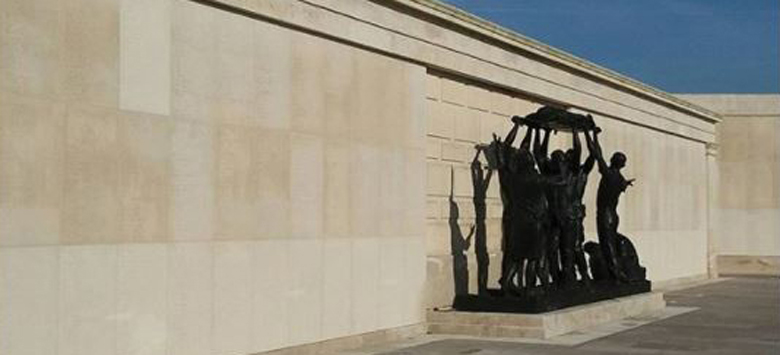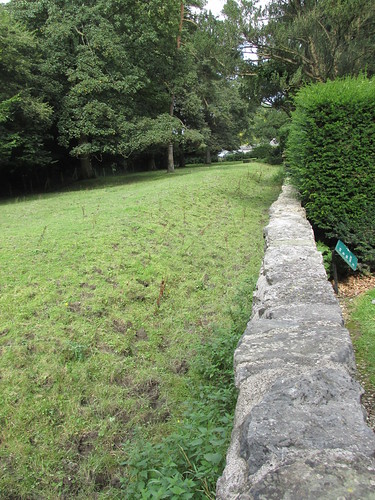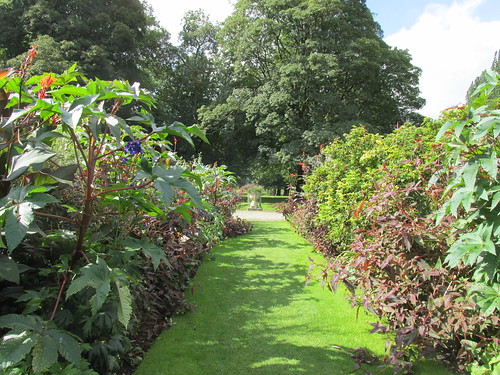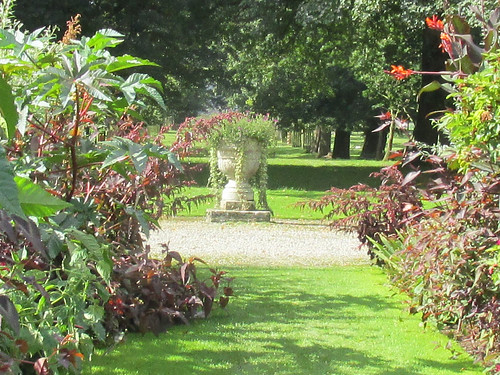Imagine you're a 17th century toff and you want an uninterrupted view of your grazing herds over in the park, but you don't want the beastly animals trampling your manicured lawn. Well, have no fear your lordship. There's a newfangled design just been brought across from France that will solve your problem in one simple move.
The idea is that you dig a ditch around the boundary of the lawn. The far side slopes gently, so as the cows won't break their legs by falling in, but this side is a sharp drop, supported by a wall. Of course, some of your lordship's children might run off the end of it, and perhaps a couple of the servants, but all-in-all it'll be better than a dirty great fence across the vista, won't it?
Monsieur Guillaume Beaumont (known to his mates as Bill) created one for Levens Hall up in Cumbria. They're laying out new gardens and he put one in right from the start when he began planning in 1694. They say he's the first to have done it in this country.
And back to the present day......
The innovative structure is today known as a ha-ha, believed to have earned its name from people coming across it unexpectedly in the landscape. One of its keenest users was Lancelot "Capability" Brown (1716-83), because it helped him create truly bucolic scenes without the need for walls and fences, but obviously that was some time later than Levens, owing to the fact that he wasn't born till 1716.
The top photo is the view along the ha-ha, but it's not easy to understand immediately. The wall is at ground level. You are standing to the right of it. It might not be obvious but the grass on your left slopes down towards you. You can see the angle if you look into the distance in the pic. Please excuse the photo because I get nervous when I'm balancing on the edge of a six foot drop. The darker green you can see by the wall is a nettle bed - just to add to the fun.
So that brings us to photo 2, which shows the effect of having a ha-ha. The trees in the distance are the ones you can see on the left in photo 1. What you can't see in either photo is the fact that there are cows out there too. They are free to roam where they wish, but they can't get up and over the ha-ha wall to trample your lovely herbaceous borders. In fact, the ditch is so deep that you wouldn't be able to see the cows, even if they were right up against the wall.
And this last photo is a closer view of the urn that you're supposed to see in the view. It's a typical decorative feature of the time. Gardens around this date often had long views between flower beds, or hedges, with a classical urn or statue acting as a focal point at the end.
The shadow is, of course, where the ditch is. The fact that you can see it is entirely due to the direction of the sun when this photo was taken. Normally it would just be green, as far as your eye could see. Ha-ha!



